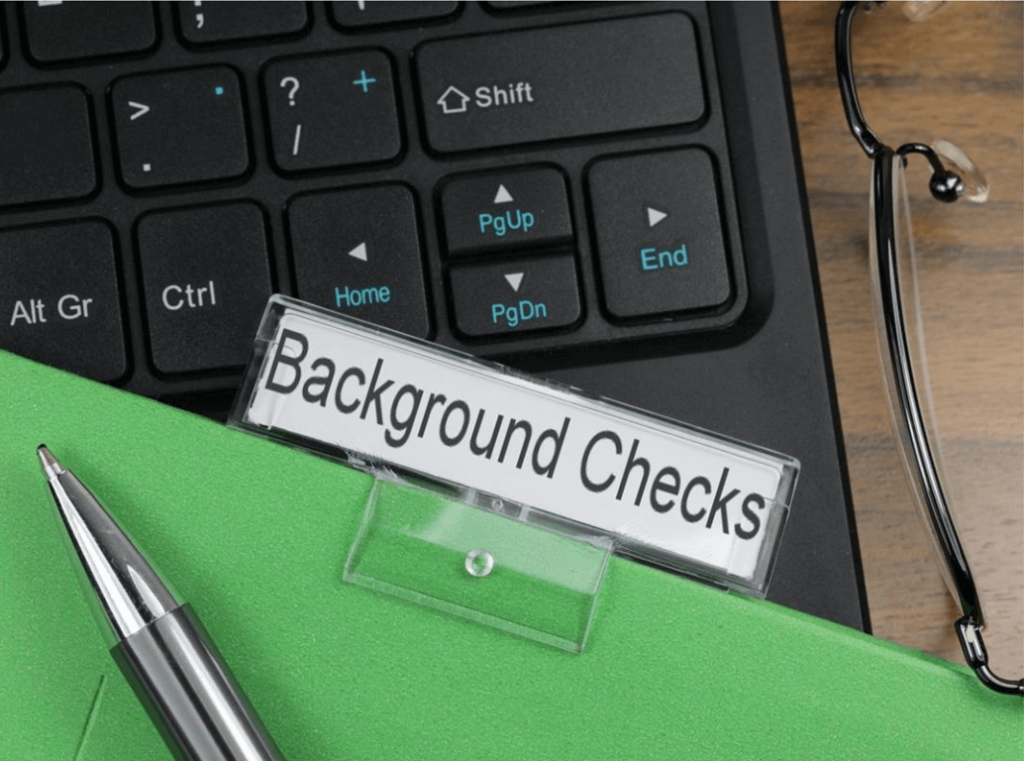Meet Jack: the hire who looked like a win until the real costs started adding up. Maybe you’ve had a Jack of your own – someone who joined with promise, but left behind more bills, frustration, and wasted hours than results. The reality is, the cost of a bad hire reaches far beyond a monthly salary. From recruitment ads and HR time to training, productivity loss, and even legal or replacement fees, the ripple effect is bigger than most businesses expect.This article breaks down those costs and the background checks that could have prevented it. And because every business’s numbers look different, we’ve built the Cost of Hiring Jack Calculator so you can work out exactly what a bad hire has (or will) cost you, compared to the price of getting checks done upfront.

Recruitment spend: Where the cost of a bad hire begins
The cost of a bad hire starts long before the employee’s first day. Think about what went into finding Jack: job ads on multiple platforms, recruiter or agency fees, perhaps a paid LinkedIn campaign to widen the search. On top of that is the less visible but very real cost of your HR team’s time, with hours spent screening CVs, running interviews, and handling admin.
These efforts are worthwhile when the right person is hired, but with Jack, every rand and every hour spent on attracting, assessing, and onboarding him is written off as a sunk cost. Worse still, when Jack fails to deliver, the process has to be repeated to fill the same role, doubling the spend and slowing down your business.

Employment costs: Paying Jack to underperform
Once Jack is on the payroll, the costs grow with every payslip. His salary, benefits, and allowances are a fixed expense, but when he underperforms, that spend produces very little return. Training adds another layer; every hour Jack spends learning is matched by the time of the person teaching him, which means double the outlay with little to show for it.The bigger hit comes from productivity loss. Mistakes need to be corrected, missed deadlines throw projects off course, and other employees spend time covering Jack’s workload, losing hours they should be spending on their own tasks. That wasted effort has a ripple effect across the business: projects stall, clients notice delays, and team morale starts to dip as frustration builds. A single underperformer can sap energy from an entire department, and in the end, the cost of a bad hire is measured not only in rands but in lost time, energy, and productivity.

Exit costs: Paying for Jack long after he’s gone
Firing Jack rarely means the costs are over. Severance packages often need to be paid out, and if the dismissal is challenged, your business could face legal fees for disputes at the CCMA or Labour Court. Even when things stay out of court, HR teams spend hours managing documentation, compliance, and final pay — all of which adds to the bill.Then comes the expense of starting over. The cost of replacing a bad hire mirrors much of the original recruitment spend, as well as investing in more of the same training for the new hire. While the position sits vacant, projects stall, deadlines slip, and colleagues shoulder extra work until a replacement arrives.

Beyond Rand value: The hidden damage of a bad hire
Not every consequence of hiring Jack can be measured in rands. A bad hire drains team morale, leading to burnout as colleagues pick up the slack. Over time, your top performers may disengage or move on, multiplying the loss. High employee turnover also damages your employer brand, with word-of-mouth, LinkedIn posts, or Glassdoor reviews making it harder to attract strong candidates.
There’s also the risk to client and partner relationships. Missed deadlines, poor communication, or errors made by the wrong hire can weaken trust, putting long-term contracts or future opportunities at risk. In this way, the cost of a bad hire extends far beyond direct costs, often leaving the deepest and most lasting impact.

Missed background checks: How the cost of a bad hire could have been avoided
Many of the costs associated with a bad hire can typically be avoided with the right background checks. A qualification check could have revealed that Jack’s degree was overstated, while a reference check might have flagged gaps in his past performance. ID verification, credit history, or a criminal record check would have confirmed whether he was a safe and suitable hire.
Skipping background checks for potential hires is a real risk. In South Africa, a senior director once claimed a PhD she never earned, and a pilot flew international routes for two decades without a valid licence. Both cases show how damaging unchecked credentials can be — read more about these real examples here.
This is why we built the Cost of Hiring Jack Calculator. It adds up recruitment, employment, and exit costs, then compares them to the price of the checks you wish you’d run. The contrast is stark: a modest investment in background screening versus the heavy bill of recruitment do-overs, wasted training, lost productivity, and delayed projects.
From costly mistakes to confident hiring
Hiring the wrong person is expensive, but preventable. The cost of a bad hire runs through recruitment, employment, exit, and reputational damage. With the right background checks, you can spot red flags early and protect your business from wasted time, money, and trust.Want to know Jack’s real cost in your business? Try our free calculator. Then make sure it doesn’t happen again — run your next hire through Dots360, and follow us on Facebook, LinkedIn, or X for more tips.

